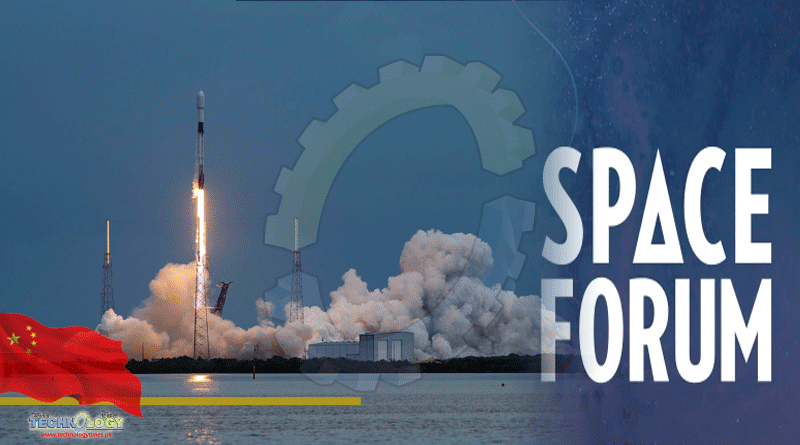CAS Aerospace Facility Is Subsidiary Of CAS Entered A Joint Decision In 2019 To Construct Nansha Science City In A 99-Square-Kilometer

There is a proposed rocket assembly plant at the CAS Space launch facility. The facility is better identified among locals as the Zhongke Aerospace launch site situated In Nansha, Guangzhou’; the proposed launch site happens to be at the capital province of Guangdong, The CAS Aerospace Facility is a subsidiary of the Chinese Academy of Sciences that entered a joint decision in 2019 to construct the Nansha Science City in a 99-square-kilometer. The project collaborates between the Aerospace facility and local authorities to set up the Zhongke Aerospace center. This venture’s overarching goal is to encourage and inspire creativity in Guangdong, Hong Kong, and Macao.
Recent findings show that the CAS Space mission work was officially launched on the Chinese September 29. The project is a continuation of the move to combine research and development, manufacturing with final assembly and tests and analysis. The proposal aims to be able to manufacture 30 rocket components annually. The Beijing Zhongke Aerospace Technology Co., Ltd., also known as CAS Space, recently confirmed reports that it plans to prioritize development and land its solid rockets before launching research into more sophisticated projects like liquid propellant launchers are developed. Earlier on, China saw two of its significant and more developed aerospace companies, Land space and space, shift to begin working on their first liquid-methanated oxygen-based launchers in 2021.
December 2018 saw the launch of the CAS site. The site operators have plans to deploy the rocket in 2021, once it has tested the engines. Top engineers state that the launch vehicle will be capable of lifting 1.5 tons into lower earth orbit. The launchpad has the potential of becoming China’s biggest space launch facility well expected to exceed CASC ‘s Long March 11 and CASIC’s Kuaizhou 11. The liquid launcher series offers the capacity to be reused. The demonstration included grid fins and landing legs that remain the focus of what will be reusable. The new capability is expected to be revolutionary across the ZK series. ZK’s launch capacities weigh from one to 15 tonnes into low earth orbit when configured with three-core rockets.
The prospect holds a lot of promise for Chinese based space launchers. Its developers hope to set it as one of the excellent space launch centres capable of handling extensive payloads into low earth orbit. These innovations have the potential of reducing the required launches per year if they succeed
This news was originally published at Lion Lowdown
